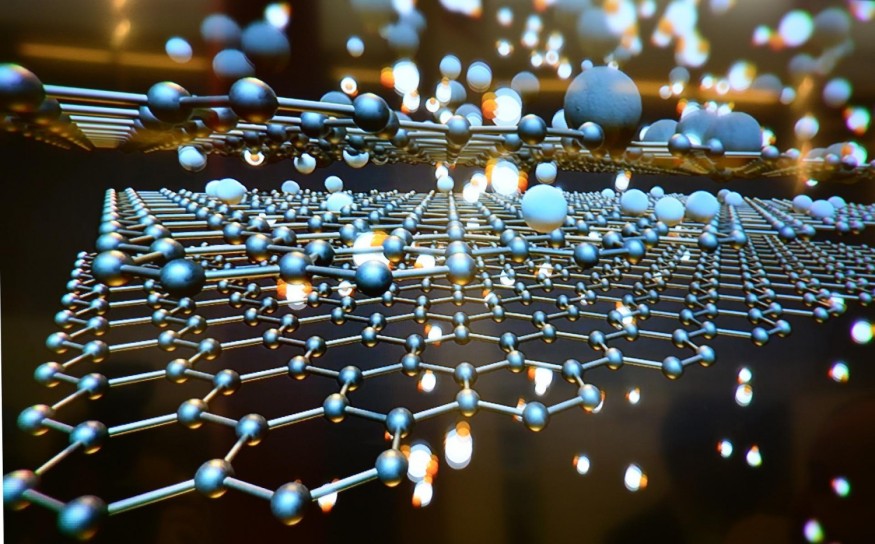Researchers at the University of Manchester have developed a new method for studying liquid cells. In doing so, they imaged the motion of single atoms in a liquid for the first time. This accomplishment could help scientists to comprehend crucial technologies for producing clean energy and significant biological processes.The study is published in Nature.
Researchers Experiment Using the Transmission Electron Microscopy
As the researchers point out, viewing the world on an atomic scale is extremely difficult. One of the few techniques available is transmission electron microscopy (TEM), which uses an electron beam to generate an image. The scientists compared the site preference and dynamic motion of adatoms in fully hydrated and vacuum states by imaging over 70,000 single adatom adsorption sites.
They discovered that adatoms in the liquid phase have a different adsorption site distribution and higher diffusivities than those in the vacuum. This method paves the way for single-atom precision in situ liquid-phase imaging of chemical process.
The team used transmission electron microscopy (TEM) to study how platinum atoms move around the material's surface. TEM requires vacuum conditions because vacuum can change the behavior of the material. Graphene helps keep the liquid confined, making it possible to study the atoms.
The scientists performed the experiment by sandwiching a salt water solution between two layers of graphene. A layer of Molybdenum disulf and platinum atoms were placed within this cell. Graphene is a 2D material composed of carbon atoms arranged in a hexagonal grid. It is an ideal material because it is strong, inert, and impermeable.

ALSO READ: How Hydrogen Atoms Chemically Bind to Graphene in One of the Fastest Reactions Ever Studied
Research Findings Showed that Atoms Moved Faster in Liquid
The images revealed some intriguing details. Atoms, for example, moved faster in liquid than outside of it, and chose different places to rest on the solid surface. They also discovered that the presence of salty water altered the preferred resting location of the atoms on the surfaces.
The different results inside and outside of a vacuum chamber indicated that environmental pressure variations can influence how atoms behave. The results obtained in vacuum chambers are not always indicative of behavior in the real world.
"In our work, we show that studying atomic behavior in a vacuum rather than using our liquid cells provides misleading information," said Dr. Nick Clark, the study's author.
He added that it is a watershed moment, only the beginning. They are already looking to use the technique to support the development of materials for sustainable chemical processing, which is required to meet the world's net zero ambitions.
Although this is only one potential use of the cells, the work envisions them as a sustainable method of producing hydrogen. Similar cells are used in energy storage and clean water generation, and they could be used as a proxy for biological systems that interact with liquids and solids.
Professor Sarah Haigh, one of the lead researchers, said that it is surprising how much data is needed about the fundamentals of how atoms behave on liquid-contact surfaces. She said that one reason for the inadequate information is the lack of techniques capable of yielding experimental data for solid-liquid interfaces.
When a solid and a liquid come into contact, the behaviors of both materials are altered where they meet. These interactions are critical for understanding a wide range of processes and applications, including the transport of materials within our bodies and the movement of ions within batteries.
Check out more news and information on Technology in Science Times.










